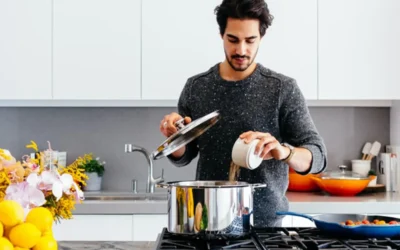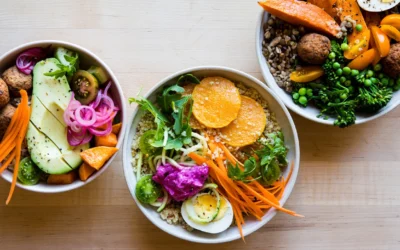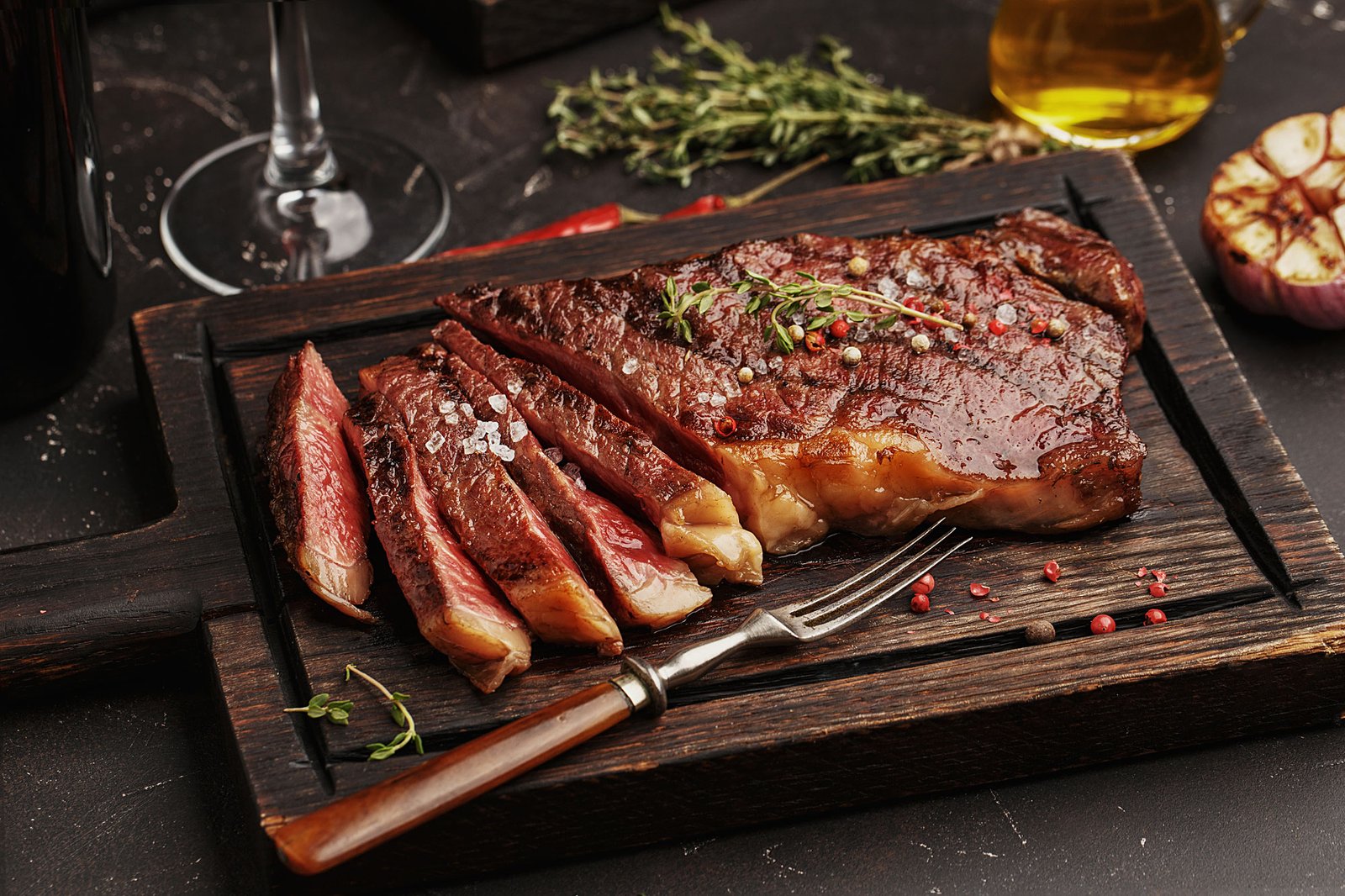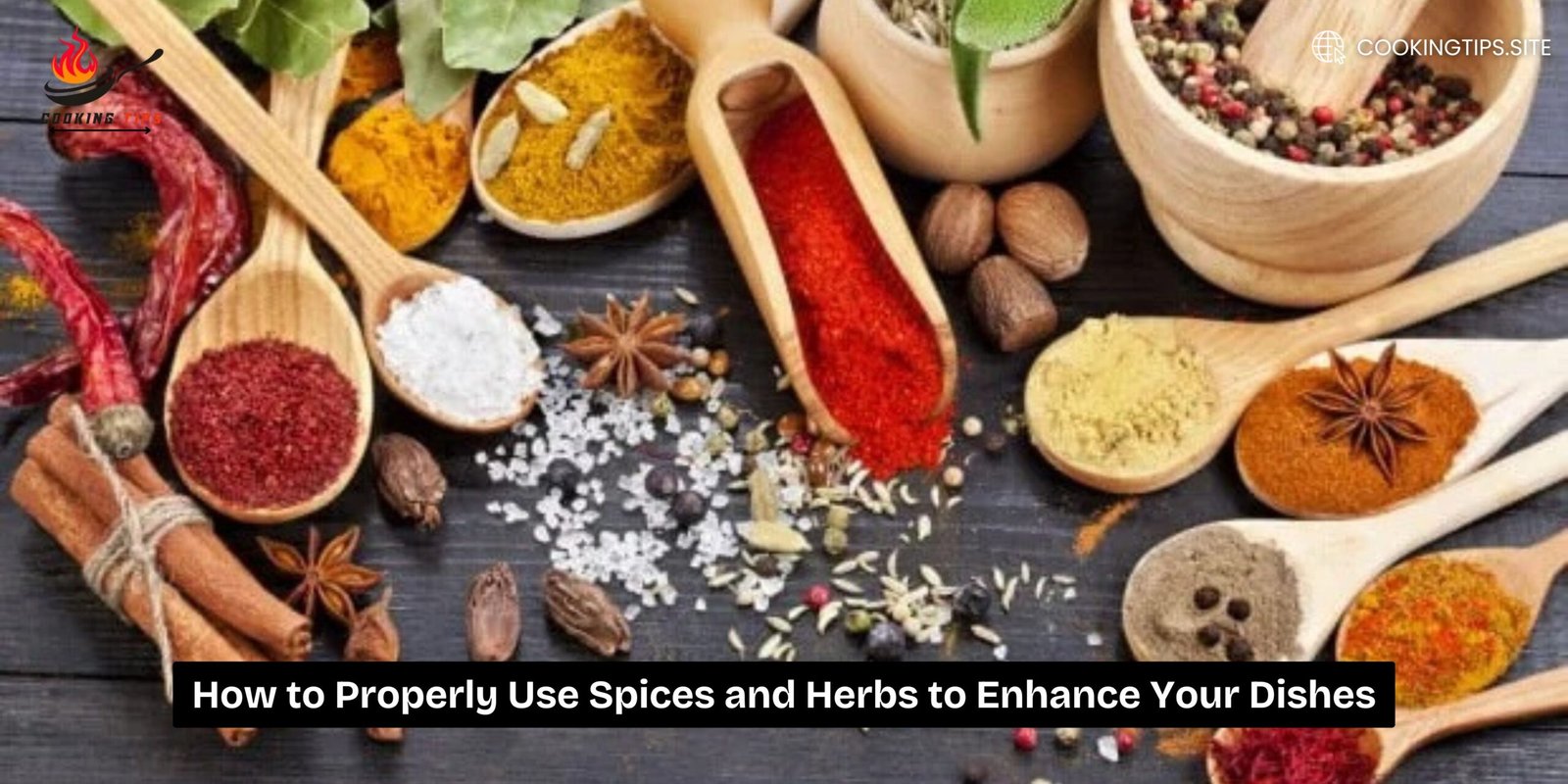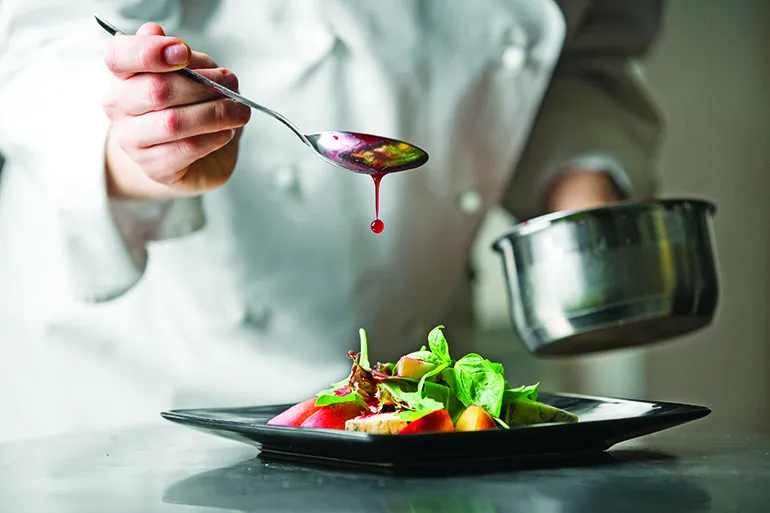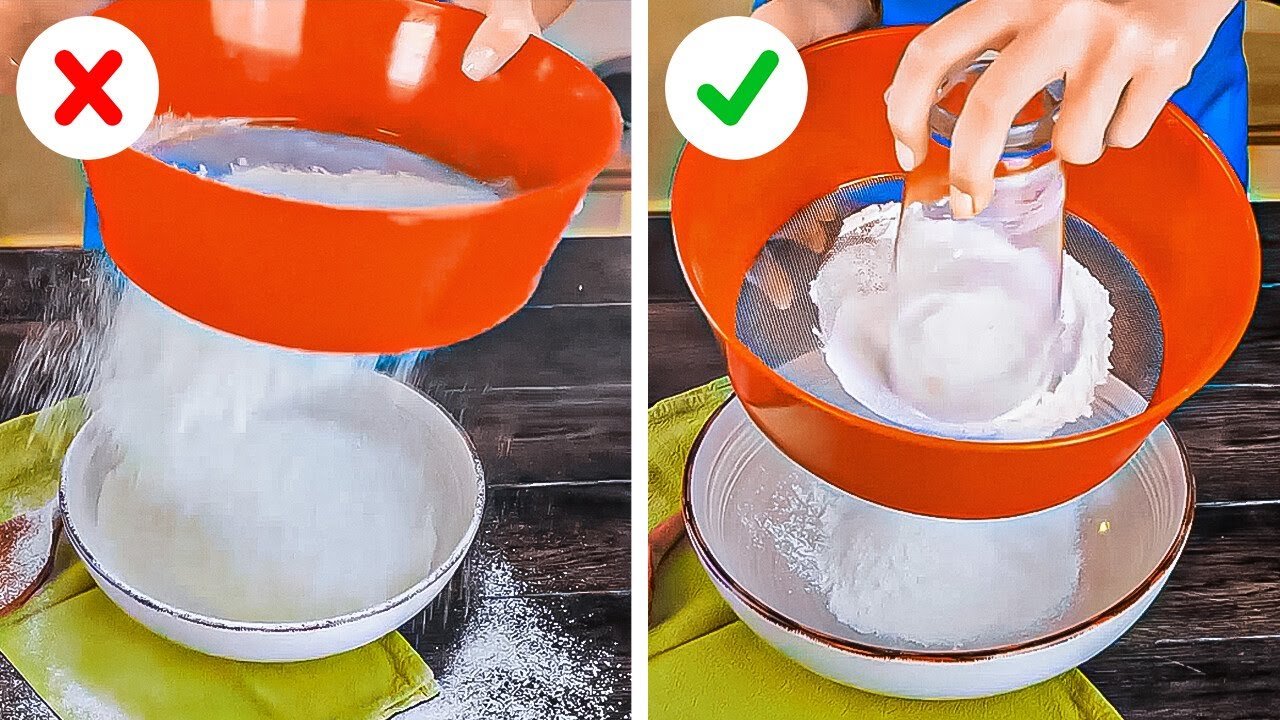Cooking meat to perfection can feel intimidating, especially if you’re aiming for that perfect level of doneness. Whether you’re grilling a steak, roasting a chicken, or sautéing pork chops, understanding the right techniques can make all the difference. By following a few essential cooking tips, you can ensure that your meat turns out tender, juicy, and flavorful every time. Here’s a guide to mastering the art of perfectly cooked meat.
1. Choose the Right Cut of Meat
The foundation of any great meat dish is the cut of meat you choose. Different cuts require different cooking methods, and selecting the right one is key to achieving the desired results.
- Tender cuts like filet mignon, ribeye, or chicken breasts cook quickly and benefit from high-heat methods like grilling, pan-searing, or roasting.
- Tougher cuts like chuck roast, brisket, or pork shoulder require low and slow cooking methods like braising, slow-roasting, or stewing to break down the connective tissues and become tender.
2. Bring Meat to Room Temperature Before Cooking
One common mistake is cooking meat straight from the fridge. Cold meat straight from the refrigerator can cook unevenly, leading to parts that are overcooked while others are undercooked.
- Tip: Remove the meat from the fridge about 30 minutes before cooking. This helps it cook more evenly and prevents the outer layer from becoming tough before the inside reaches the right temperature.
3. Season Generously and Early
Seasoning meat well is crucial for building flavor, but when and how you season it can make a difference.
- Tip: Season the meat at least 15-20 minutes before cooking, or even overnight if you’re marinating. This allows the seasoning to penetrate the meat, creating more depth in flavor. For simple seasoning, salt and freshly ground black pepper are often all you need.
- Bonus Tip: For an extra layer of flavor, consider marinating your meat before cooking. A good marinade can enhance tenderness and add complexity to the flavor profile.
4. Preheat Your Cooking Surface
Whether you’re grilling, pan-searing, or roasting, it’s essential to preheat your cooking surface. A hot pan, grill, or oven allows for better searing and helps lock in moisture.
- Tip: Ensure your grill or skillet is properly heated before you place the meat on it. For a skillet, test the heat by adding a drop of water—if it sizzles immediately, you’re good to go. For grilling, let the grill reach the desired temperature before placing the meat on the grates.
5. Use the Right Cooking Method
Not all meats are suited for the same cooking method, so it’s essential to choose the right one for your cut.
- Grilling: Great for steaks, burgers, and chops. High heat gives meat a great sear and adds smokiness.
- Pan-Searing: Perfect for tender cuts like chicken breasts, pork chops, and steaks. Pan-searing allows for a crispy exterior while keeping the inside juicy.
- Roasting: Ideal for large cuts of meat like whole chickens, roasts, or ribs. Slow-roasting at a lower temperature ensures even cooking and a juicy interior.
- Braising or Slow Cooking: Best for tougher cuts of meat like brisket, pork shoulder, or lamb shanks. These methods break down tough fibers, making the meat tender and flavorful.
6. Use a Meat Thermometer
One of the easiest ways to avoid overcooking or undercooking meat is to use a meat thermometer. Cooking meat to the right internal temperature ensures safety and perfect doneness.
- Tip: Insert the thermometer into the thickest part of the meat, away from the bone. The general guidelines for doneness are:
- Beef (steak, roast): 125°F for rare, 135°F for medium-rare, 145°F for medium, and 160°F for well-done.
- Chicken: 165°F throughout.
- Pork: 145°F for tender and juicy pork, or 160°F for well-done.
- Lamb: 135°F for medium-rare, 140°F for medium.
7. Let Meat Rest After Cooking
After removing meat from the heat, it’s crucial to let it rest before cutting into it. This allows the juices to redistribute throughout the meat, making it juicier and more tender.
- Tip: Let steaks and roasts rest for at least 5-10 minutes. For smaller cuts like chicken breasts or chops, resting for 3-5 minutes is sufficient. Cover the meat loosely with foil to retain warmth while it rests.
8. Don’t Overcrowd the Pan or Grill
When cooking multiple pieces of meat in a pan or on a grill, avoid overcrowding. Too much meat in the pan or on the grill grates can lower the temperature, preventing proper searing and leading to uneven cooking.
- Tip: Cook meat in batches if necessary to ensure there’s enough space for even cooking. When grilling, leave some space between the pieces to allow proper airflow and searing.
9. Sear First, Then Cook Low and Slow (When Appropriate)
For larger cuts of meat, searing the outside first and then finishing the cooking process at a lower temperature is a great method to lock in flavors and moisture.
- Tip: For steaks or pork chops, sear both sides in a hot pan for a few minutes, then reduce the heat and cook through until desired doneness. For larger roasts, sear the outside in a hot pan, then transfer to a preheated oven to finish roasting at a lower temperature (about 300°F).
10. Use a Basting Technique for Extra Flavor
Basting meat with its own juices or a flavorful sauce during the cooking process can enhance flavor and keep the meat moist. This is especially effective for roasting meats or grilling thicker cuts.
- Tip: If you’re roasting a chicken or turkey, spoon the juices from the pan over the meat every 20-30 minutes. For steaks, you can baste with butter and herbs in the last few minutes of cooking to add richness and flavor.
11. Know the Difference Between Direct and Indirect Heat
Understanding the difference between direct and indirect heat is essential for cooking different cuts of meat to perfection.
- Direct heat: This is when meat is cooked directly over the heat source (like on a grill or in a pan). It’s best for thinner cuts like steaks, chops, or burgers that cook quickly.
- Indirect heat: This is when meat is cooked away from the direct heat source (like on a grill with the lid closed or in an oven). It’s ideal for thicker cuts that need longer cooking times, such as roasts or whole chickens.
12. Know When to Flip the Meat
Flipping meat at the right time is crucial to ensure an even cook and a perfect sear.
- Tip: For steaks and burgers, avoid flipping them too often. Let them cook on one side until they naturally release from the pan or grill, then flip them once to cook the other side. For thick cuts, only flip once or twice to allow for even cooking on all sides.
Conclusion
Perfectly cooked meat requires the right combination of techniques, timing, and knowledge of different cuts. By choosing the right meat, seasoning it properly, using the correct cooking method, and measuring doneness with a thermometer, you can achieve consistently delicious results. Whether you’re grilling, pan-searing, or slow-roasting, these essential cooking tips will help you cook meat to perfection every time. With practice and attention to detail, you’ll master the art of cooking meat and elevate your culinary skills!

